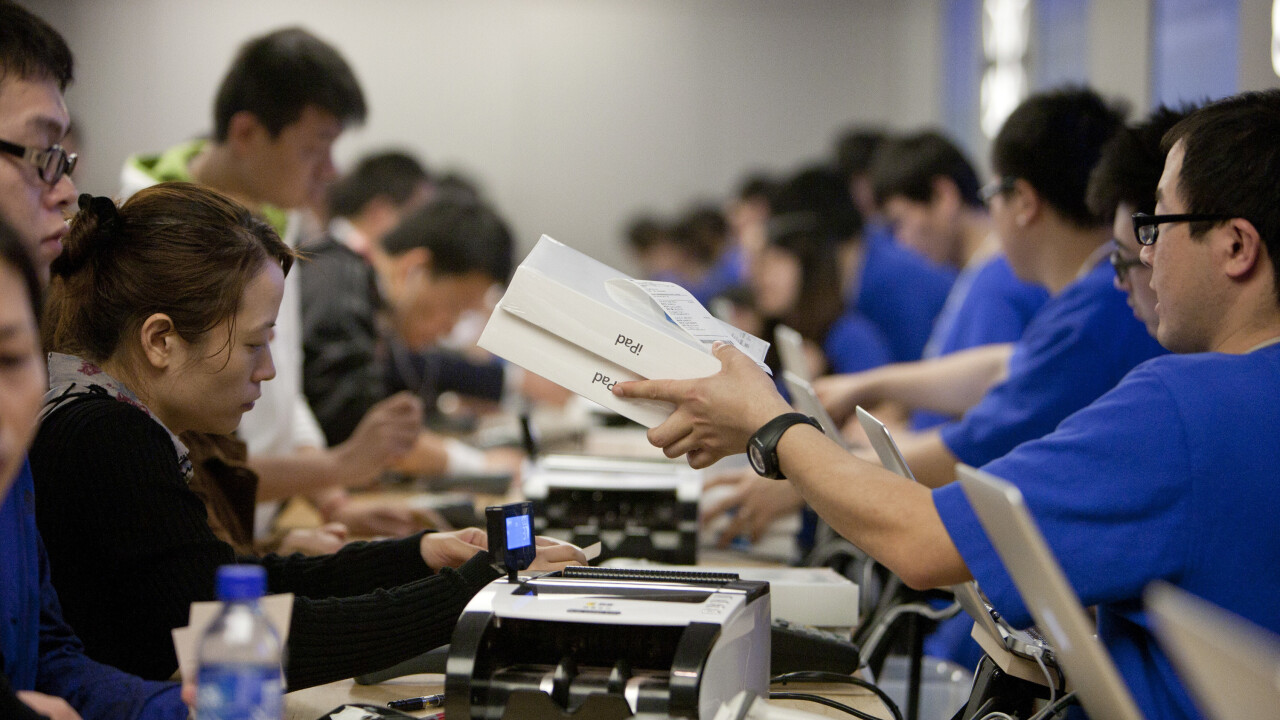
Ilya Pozin is the founder of Open Me and Ciplex, and a columnist for Inc, Forbes, and LinkedIn. He’s also a gadget lover, investor, mentor, husband, father, and ’30 Under 30′ entrepreneur.
Listen to this post as audio, courtesy of SaveToListen.
It might sound strange, but creating something great is the easy part of being an entrepreneur. The hard part is to get customers as excited about your product as you are.
Getting the first 1,000 users is a hurdle most startup companies and small businesses know well. The team at Lob, a company bringing commercial print and mail infrastructure to the cloud through a simple API, encountered this common struggle.
Here are some simple tricks the Lob team used to snag their first 1,000 customers and keep the company growing far beyond the first grand:
1. Think small
“One user is very powerful,” said Lob co-founder Leore Avidar. According to Avidar, finding the first user is the most important step in the user acquisition process.
Businesses need solid foundations. After all, you wouldn’t start a company without a good team leading the way. Similarly, your first user is the foundation for later customer success stories. “Having a small goal makes you laser focused on what you need to do,” Avidar said.
2. Give your first user an awesome experience
Once you get patient zero in the door, it’s important to make sure this user has the best possible experience with your company or product.
“Sometimes you need to do unscalable stuff to get the first customers to use your product,” said Daniel Zhao, Operations Lead at Lob. Once you grow, you might not be able to spend an hour on the phone troubleshooting; since your client roster is small, you can give the added perks customers love.
You need to go above and beyond for your first user, because this person can help define the future of your company. One customer who really loves the product can bring you more customers just by word of mouth, leading to organic growth. Zhao says an awesome user experience “can define how the rest of your customers come to you.”
3. Find the customers who need you now
You need to target your customers and initially focus in on those who need your product or platform today. This helps eliminate long sales cycles and unwieldy onboarding processes at a time when you need immediate results.
“Too many people initially go after huge whales, customers who could take up to six months to get aboard,” Avidar cautioned. “The first customers should be able to sign up tomorrow. This will give you more leverage for getting your next customers.”
4. Target your ideal customer and find them
The most important part of the process is to know your ideal customer before you follow your first lead. You should understand what your customers need, what value your product can bring, and where your customers spend their time.
The Lob team spends a lot of time going to hackathons and connecting both online and off with developers. “You really have to be proactive. You need to really understand your customer,” Avidar said.
At the average hackathon, the company sometimes spends more time just connecting and helping developers than pushing their product.
“We put ourselves out there as people first to help potential customers with what they’re building,” Avidar said. “You need to make sure you’re part of the community.”
5. Identify your barriers
Every company or product has barriers which keep users from signing on the dotted line. You need to understand why some of your leads aren’t converting into users.
This might be as simple as increased communication and better messaging. For Lob, the team ensured documentation and product information was easily accessible on the company website.
“You’re the product builder, so you forget how hard it is to understand the product. Not everyone will understand right away,” Zhao said. “Have your value proposition front and center. Make sure everyone can understand what you do and how it can help their business.”
6. Share your success and be proactive
Don’t keep good news to yourself. Share with the community and potential customers! Trust is a big obstacle, especially over the Internet. Share in-depth case studies and show which customers are already using your platform.
“People see other customers using the platform as validation that it’s good,” Zhao said.
The company makes sure team members are always online, so help is never far from users’ reach. When a new customer makes a purchase, they try to reply within five minutes. They also send emails when customers sign up or take an action.
“It shows someone actually cares,” Avidar said. “Those little things add up.”
Getting your first 1,000 users doesn’t happen with a snap of your fingers. By using some simple tricks, however, you can ensure your first 1,000 users will lead to thousands more in the future.
Don’t miss: Why entrepreneurs should focus on building just one product
What are some ways you got your first 1,000 users? Share in the comments!
Get the TNW newsletter
Get the most important tech news in your inbox each week.




